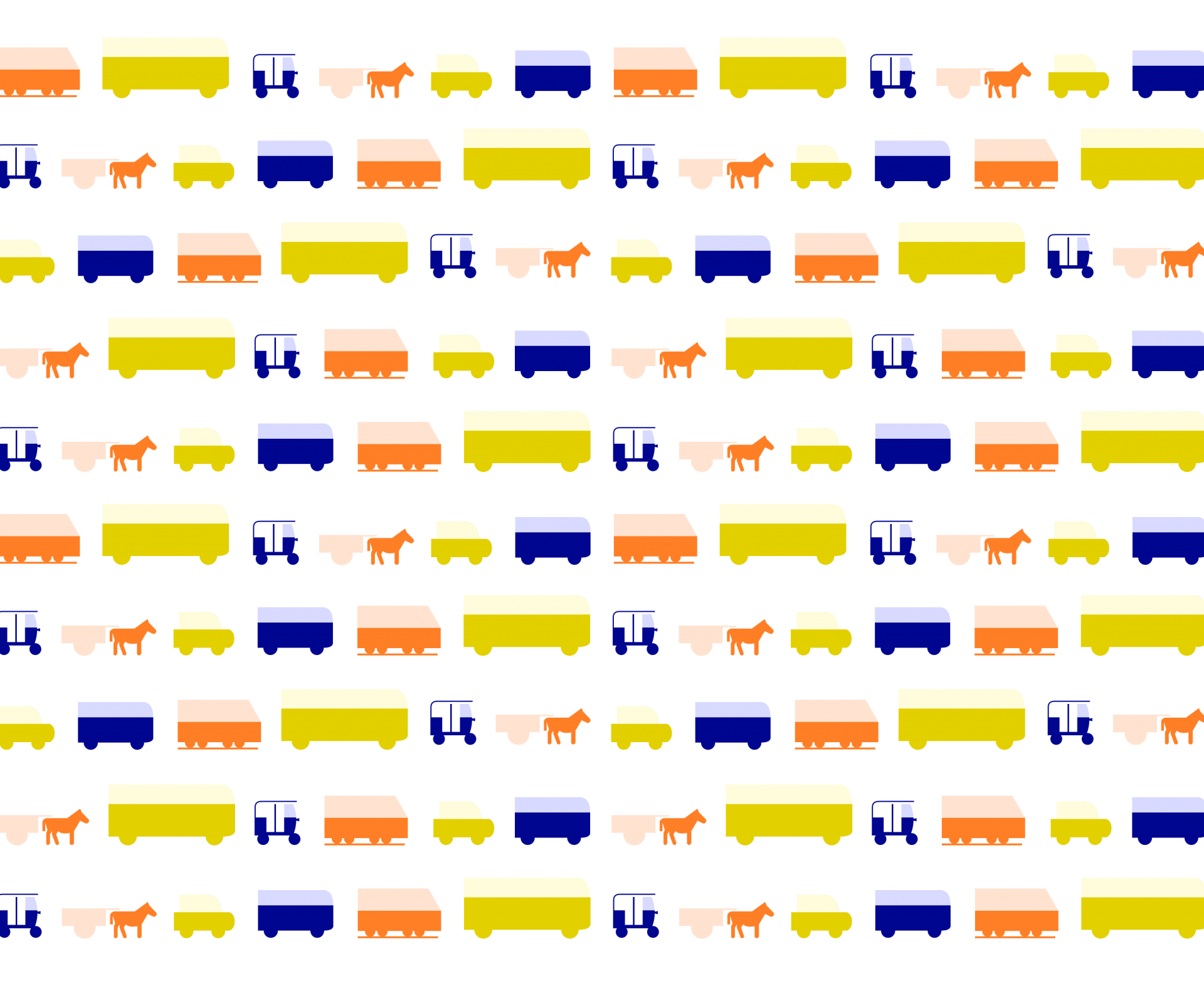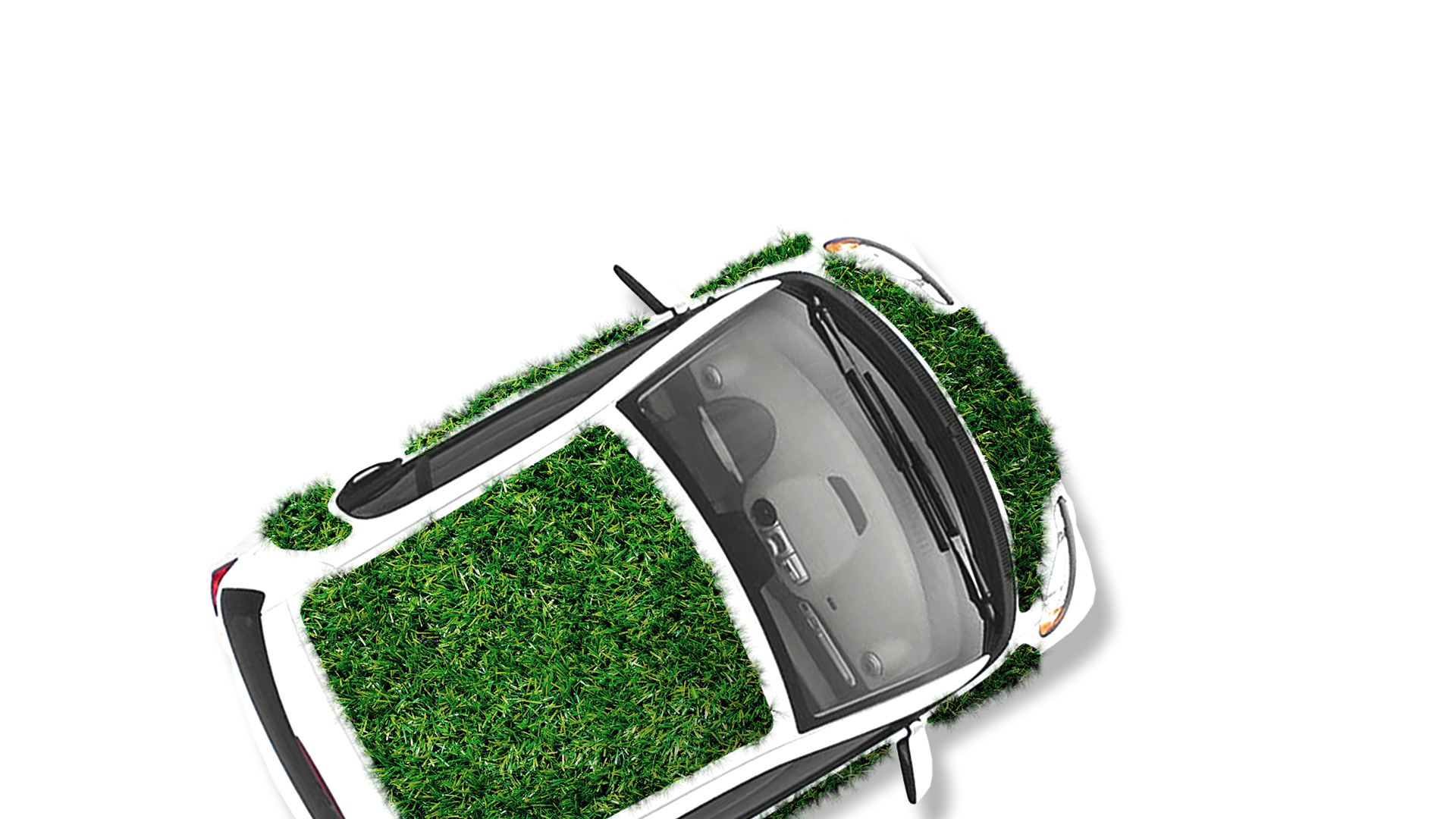hī di is a mobility service concept for the Ethiopian capital Addis Ababa that connects existing formal and informal mobility modes in one seamless and pleasant journey.

Mission
With this concept we are envisioning a new mobility service that supports and empowers existing, shared, public, sustainable and cheap urban transportation in Addis Ababa and other emerging cities worldwide.
The project aims to tackle one of the hardest and most important challenges that emerging cities are facing: serving the rapidly growing demand for urban mobility, preventing a traffic breakdown caused by private motorization and developing a serious alternative to private car ownership that provides comfortable and reliable mobility for all.
Challenge
Addis Ababa is growing rapidly
Due to social and economic developments, many cities like Nairobi, Dar es Salaam and Addis Ababa are growing rapidly. According to data from the World Bank, the population in the Ethiopian capital is expected to triple to 42.3 million by 2037. The current mobility culture is predominantly influenced by Chinese-Asian and or Western influence with road construction and motorized private transportation.
Already today Addis Ababa is confronted with heavy traffic and due to economic growth the ownership of private cars is increasing rapidly. The capital would probably collapse if 50% of the expected Ethiopian population would use their own car by 2037. This equals the percentage share of car ownership and usage of Germany‘s population today. And that, where mobility is fundamentally important for the access to food, education, medical care, clean water and jobs.

Citizens looking for work
Existing shared and public transportation isn’t reliable nor comfortable
The current mobility experience in Addis Ababa is dominated by heavy traffic jams, delays, overcrowded buses, advanced planning and heavy accidents. If you don’t own a private vehicle you have to rely on the minibus system, inner-city buses, the recently built light rail transit or rickshaws and even horse carts. With around 1.1 million users a day the minibus system is one of the most popular and important mobility modes. A local student describes a recent experience of getting into the minibus like this:
“Things got violent at the sliding door. I think I had elbowed someone. Some people used their shoulders as their main weapon. Others, like me, used their arms. I couldn’t imagine having to go back in line after that.”

Solution
Pleasant and seamless mobility experience while moving across mobility modes
By expanding shared and public transportation modes, improving its user experience, comfort and reliability, it could be possible to make it a serious future competitor to personal car ownership. To bring informal modes like the minibus into the mobility mix it would be necessary to have more political backing, so owners and drivers can move out of the constant fight for existence and finally be part of a holistic and integrated mobility ecosystem. This could be achieved by developing a service that proves the importance of minibuses, is open and accessible, but regulated and supported by the government.

The interface for citizens would be the hī di app where everyone with a smartphone could plan, book and pay trips across modes with minibuses, taxis, horse carts, trains, rickshaws and in the future with the BRT system. By using routing algorithms, demand prediction and mobile payment, the service could make mobility more effective and serve where there is demand. Another advantage is that through the easy access with a mobile app, the city would be more accessible for strangers and also simplify the life of locals.

Key functions of the app: Search, Select, Book & Ride
Designing for low-tech conditions
The smartphone app is based on low-tech approaches and optimized for internet downtimes, slow networks and early generation phones. The user interface is designed for better visibility on broken screens and sun reflection by using high contrasts and big buttons. Users can pay with the popular payment service M-Pesa where you send balances using PIN-secured SMS text messages, as well as with credit cards and other payment services like PayPal.
During internet downtimes, all necessary data like search and trip information can also be transferred via SMS text message. So the app would work nearly with the same user experience, even without mobile internet.

Outlook
Start to test in Ethiopia
Addis Ababa is an especially interesting city to start and test a service like this. Currently most Ethiopians live in rural areas, but more and more people are moving into cities, which are growing at high rates of around 5%. This means that the city is and will face enormous change in construction, infrastructure, society and economy in the upcoming years gradually growing into a megacity. So if a solution like this one succeeds in tackling the future mobility needs in the rapidly growing Addis Ababa, it can probably do the same everywhere else. For now, this is just a service concept, we’re sure that it would need some retrofitting here and there but see this as an adapted system that could alleviate the car centricity of rapidly growing cities as Addis.

Growing skyline of Addis Ababa
Grow into other emerging markets
Across Africa and the world there are many countries that are experiencing rapid urbanization, for example 6.8%, Malaysia with 6.7%, Nepal with 4.9% and Somalia with 4.2%.
In most of the cities in these countries you will find the same or similar existing mobility systems like in Ethiopia, so there is the possibility to expand this mobility service to other cities worldwide and help them approach their mobility challenges.

Beside many more, countries like Burundi, Somalia, Nepal and Malaysia are also facing rapid growth
Expanding the platform
IIn many countries like Ethiopia people adapted the sharing economy decades ago, what led to one of the most valuable commodities for the raising economic model:interpersonal trust. Besides car or bus pooling, financial pooling and the sharing of goods is very popular.
So why not share goods via the mobility service? People would have the possibility to share their personal items via the app with friends and family members as well as with strangers, and the mobility system transports the items across the city. Some people believe it kind of failed in Europe and the US, but could possibly be a total success in many other countries.

Expanding the platform with additional services like the sharing of goods
Inspire the west
From a global perspective it is obvious that most emerging cities like Addis Ababa that yet haven't adapted ecological destructive lifestyles might play a crucial role in avoiding carbon emissions. In doing so, the western world regions could learn from existing and future mobility approaches developed in Addis Ababa.
This service could be an exemplary driver in rethinking the approaches to future mobility and urbanity that are not just driven by high technological progress, as it's often the case in western countries. This could then inspire possible solutions for the future of western cities without private cars, with pleasant and sustainable public transport options and the street as a shared and public space of coexistence for all kinds of activities. Also the low-tech approaches could possibly be a driver to reduce CO2 emissions of the digital economy.

People involved
- Markus Kreutzer / Direction, Research, Concept, Design
- Daniel Schmid / Concept
- Fabienne Hoelzel (ABK Stuttgart) / Research
- Zegeye Cherenet (Emerging City Lab Addis Ababa) / Research
- Lisa Dautel, Sonja Schwarz, Sara Schäfer, Marius Stepanek, Christine von Raven, Reinhold Buhr, Valentin Kopka, Beatrice Bucher (ABK Students) / Research
- Winta Assefa / Advising
- Eskinder Fekade Lakew / Advising



